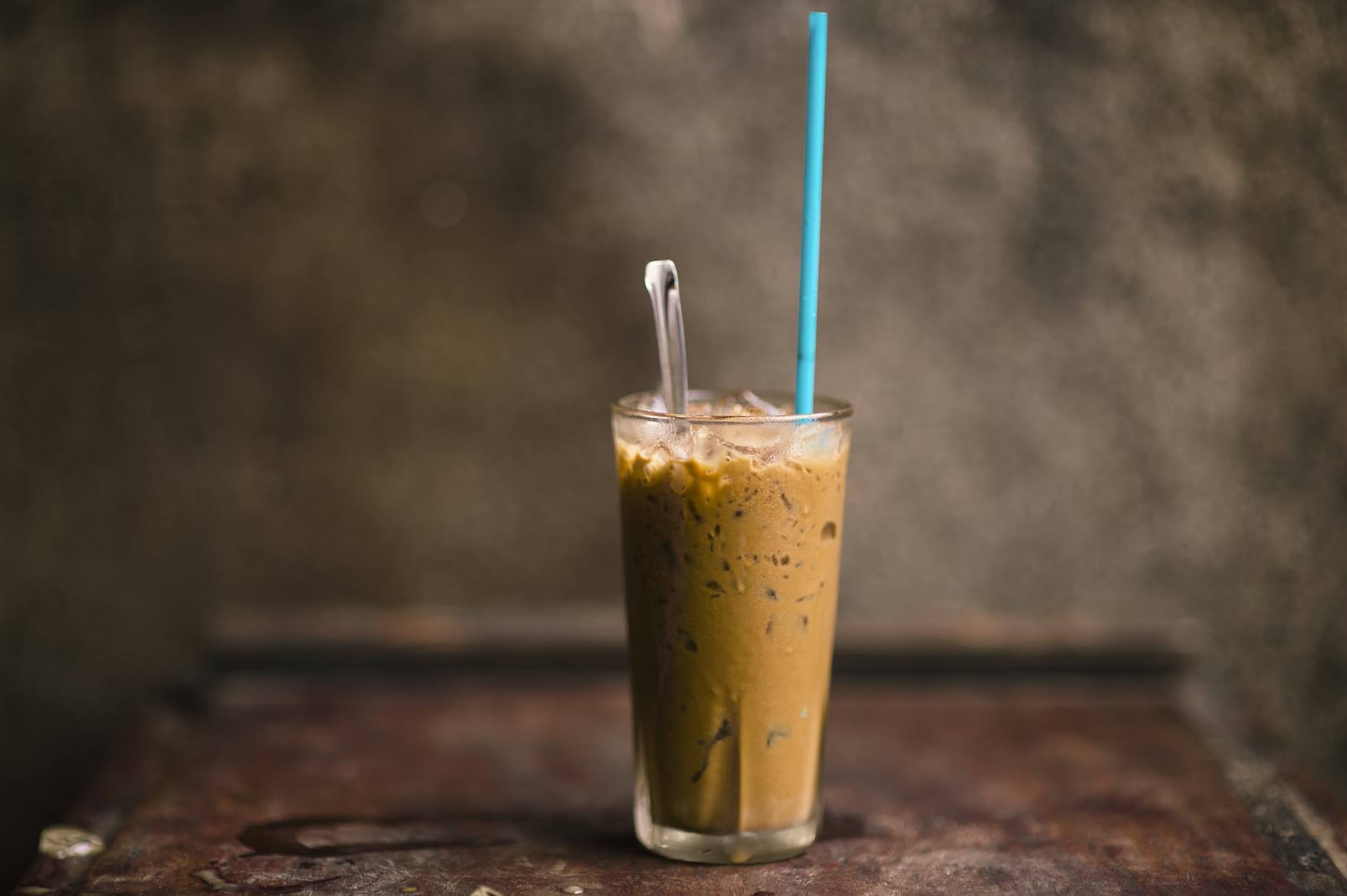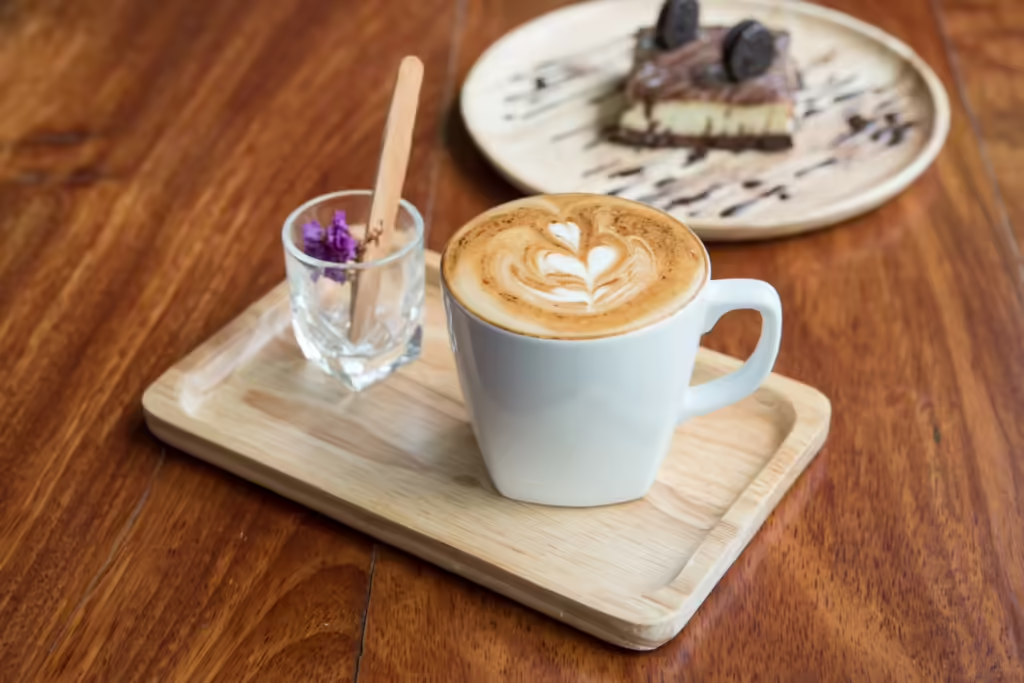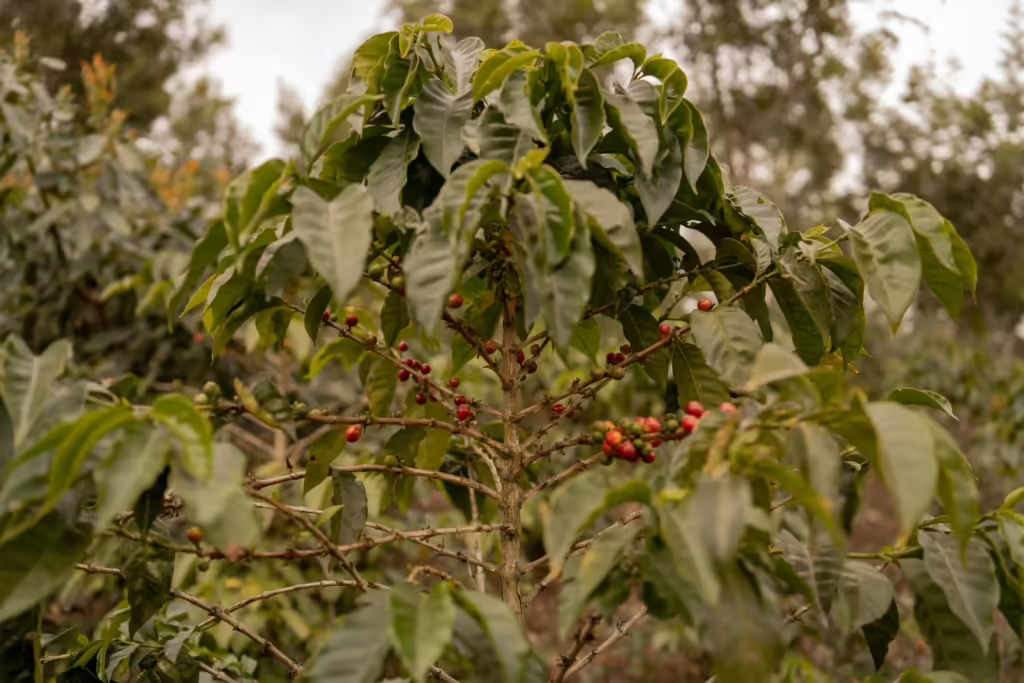
Vietnam is one of the largest coffee producers in the world, and the country’s approach to coffee is as rich and unique as its brewing techniques. Vietnamese coffee culture blends tradition with creativity, producing a range of coffee beverages that are sweet, bold, and distinctly different from the classic espresso or black coffee found elsewhere. Whether enjoyed hot or iced, with condensed milk or egg yolk, Vietnamese coffee offers an unforgettable twist on this global favorite. Let’s explore the heart of Vietnamese coffee culture and what makes it so special.
The History of Coffee in Vietnam
Coffee was introduced to Vietnam by French colonists in the 19th century, and since then, it has become a vital part of the country’s culture and economy. Vietnam’s fertile highlands provide the perfect conditions for growing coffee, with the country producing mainly Robusta beans, which are known for their stronger, more bitter flavor compared to Arabica. This distinctive flavor profile has shaped the way coffee is enjoyed in Vietnam.
Coffee shops, or quán cà phê, can be found on almost every corner in Vietnam, from bustling cities to rural villages. These cafes offer a variety of coffee drinks, each with its own unique preparation method and flavor.
The Classic Vietnamese Coffee: Cà Phê Sữa Đá
Perhaps the most famous Vietnamese coffee is cà phê sữa đá, or iced coffee with condensed milk. This drink perfectly encapsulates the Vietnamese love for strong, sweet flavors. It is made by brewing coffee through a traditional phin filter—a small metal drip filter that sits on top of the cup. The coffee slowly drips into a glass already filled with sweetened condensed milk. Once the brewing is complete, the coffee and milk are mixed together, and the drink is poured over ice.
The result is a refreshing and creamy beverage with a deep coffee flavor, balanced by the sweetness of the condensed milk. Cà phê sữa đá is the go-to drink in the warm, humid climate of Vietnam, and it’s widely enjoyed by locals and tourists alike.
Cà Phê Đen – Strong and Simple
For those who prefer their coffee black, cà phê đen is the Vietnamese answer to a bold, unsweetened brew. Like cà phê sữa đá, it’s brewed using the phin filter, but without the addition of milk. This results in a strong, slightly bitter coffee that is often served over ice. While it may not have the creamy sweetness of its milk-based counterpart, cà phê đen showcases the robust flavor of Vietnamese coffee beans and remains a popular choice among purists.
The Unique Cà Phê Trứng – Egg Coffee
One of the most intriguing aspects of Vietnamese coffee culture is the invention of cà phê trứng, or egg coffee. This beverage originated in Hanoi in the 1940s when milk was scarce, and egg yolks were used as a substitute. Today, cà phê trứng is a beloved specialty, with the rich, creamy texture of the egg yolk adding a dessert-like quality to the coffee.
The drink is made by whipping egg yolks with sugar and condensed milk to create a fluffy, custard-like foam, which is then poured over a strong cup of coffee. Served either hot or cold, cà phê trứng is an indulgent treat that showcases the creativity of Vietnamese coffee culture.
The Role of Coffee in Daily Life
In Vietnam, coffee isn’t just a morning pick-me-up—it’s a way of life. Coffee shops are social hubs where people gather to relax, chat, or catch up on work. Whether sitting on tiny plastic stools in a roadside café or enjoying a quiet moment in a modern coffeehouse, coffee culture is an integral part of Vietnamese society.
One unique aspect of coffee culture in Vietnam is the cà phê bệt experience, which involves sitting on the ground in public parks or along sidewalks while enjoying a cup of coffee. This informal, communal setting reflects the relaxed and friendly nature of Vietnamese coffee culture.
A Coffee-Loving Nation
Vietnamese people take pride in their coffee traditions, and it shows in the variety and care put into each cup. From street vendors to high-end cafes, the art of brewing coffee is something that is deeply respected. Vietnamese coffee is often strong and bold, but always with a touch of sweetness that reflects the balance in Vietnamese cuisine.
How to Make Vietnamese Coffee at Home
For coffee lovers who want to bring a taste of Vietnam into their own homes, here’s a simple guide to making traditional cà phê sữa đá:
Ingredients:
- 2 tablespoons of Vietnamese ground coffee (Robusta preferred)
- 2-3 tablespoons of sweetened condensed milk
- Ice cubes
- Water
- A phin filter (available online or in specialty stores)
Instructions:
- Place the condensed milk in the bottom of a glass.
- Add 2 tablespoons of coffee to the phin filter and press down the filter cap.
- Pour a small amount of hot water into the filter to allow the coffee to bloom.
- Once the coffee starts to drip, pour the rest of the hot water over the coffee.
- Allow the coffee to drip slowly into the glass with the condensed milk (this may take 3-5 minutes).
- Once the brewing is complete, stir the coffee and condensed milk together.
- Pour over a glass filled with ice and enjoy!
Conclusion
Vietnamese coffee culture offers a delightful and refreshing twist on traditional coffee drinking. From the beloved cà phê sữa đá to the innovative cà phê trứng, the country’s coffee traditions are rich in flavor and creativity. Whether you’re sipping coffee in the hustle of Ho Chi Minh City or relaxing in a quiet Hanoi café, every cup tells a story of Vietnam’s deep connection to coffee. So next time you’re craving something sweet and bold, why not try a taste of Vietnam’s unique coffee culture?




